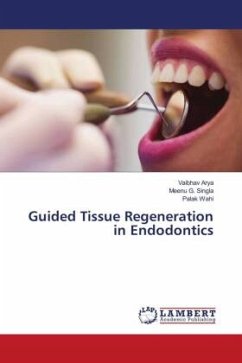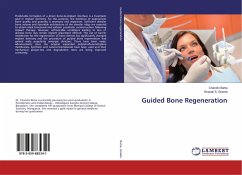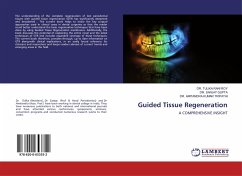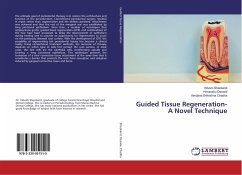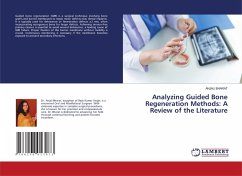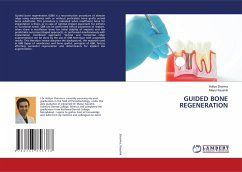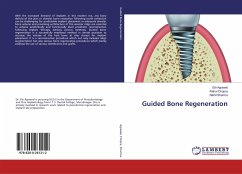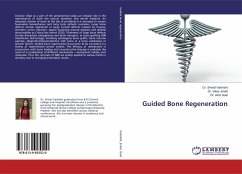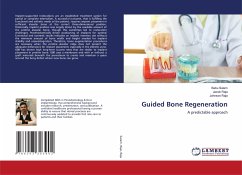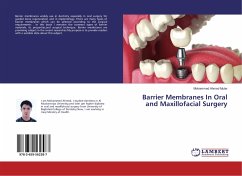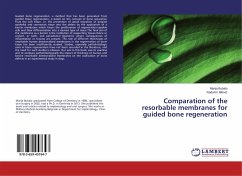
Comparation of the resorbable membranes for guided bone regeneration
Versandkostenfrei!
Versandfertig in 6-10 Tagen
36,99 €
inkl. MwSt.

PAYBACK Punkte
18 °P sammeln!
Guided bone regeneration, a method that has been generated from guided tissue regeneration, is based on the concept of bone separation from the soft tissue, i.e. the prevention of apical migration of gingival epithelial and connective tissue into the defect by the application of a barrier membrane which favors the proliferation of regeneration-capable cells and their differentiation into a desired type of tissue.The final aim of the membrane as a barrier is the restitution of supporting tissues (bone or cement, or both, and periodontal ligament), where consequences of inflammation or trauma ar...
Guided bone regeneration, a method that has been generated from guided tissue regeneration, is based on the concept of bone separation from the soft tissue, i.e. the prevention of apical migration of gingival epithelial and connective tissue into the defect by the application of a barrier membrane which favors the proliferation of regeneration-capable cells and their differentiation into a desired type of tissue.The final aim of the membrane as a barrier is the restitution of supporting tissues (bone or cement, or both, and periodontal ligament), where consequences of inflammation or trauma are present. The role of different thicknesses of resorbable human demineralized membranes in the regeneration of bone tissue has been insufficiently studied. Studies, especially pathohistologic ones in bone regeneration have not been recorded in the literature, and the need for such studies is obvious. Our aim in this book was to examine and to compare pathohistologically the impact of thickness of human and bovine resorbable demineralized membranes on the ossification of bone defects in an experimental study in dogs.



